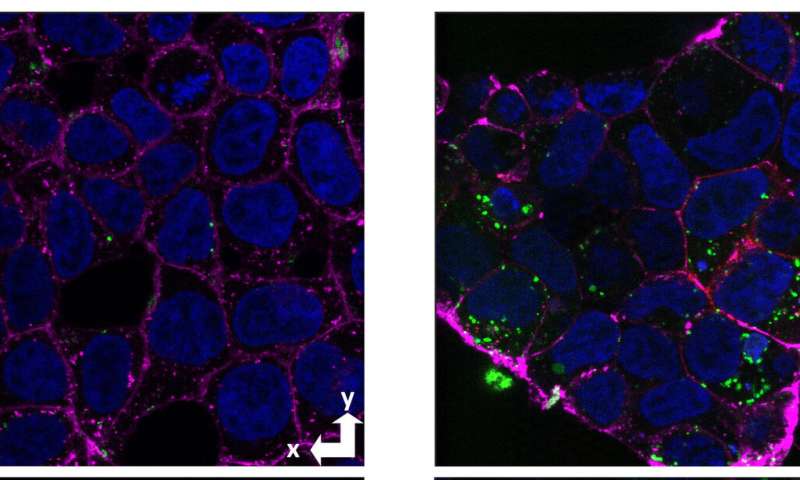
One of the hallmarks of Alzheimer’s disease is the formation of amyloid plaques—sticky clumps of a protein called amyloid beta—that collect between neurons in the brain. Increasingly, however, attention has turned from these insoluble plaques to soluble forms of amyloid beta that can be taken up into neurons and are highly neurotoxic.
A new study by…



























